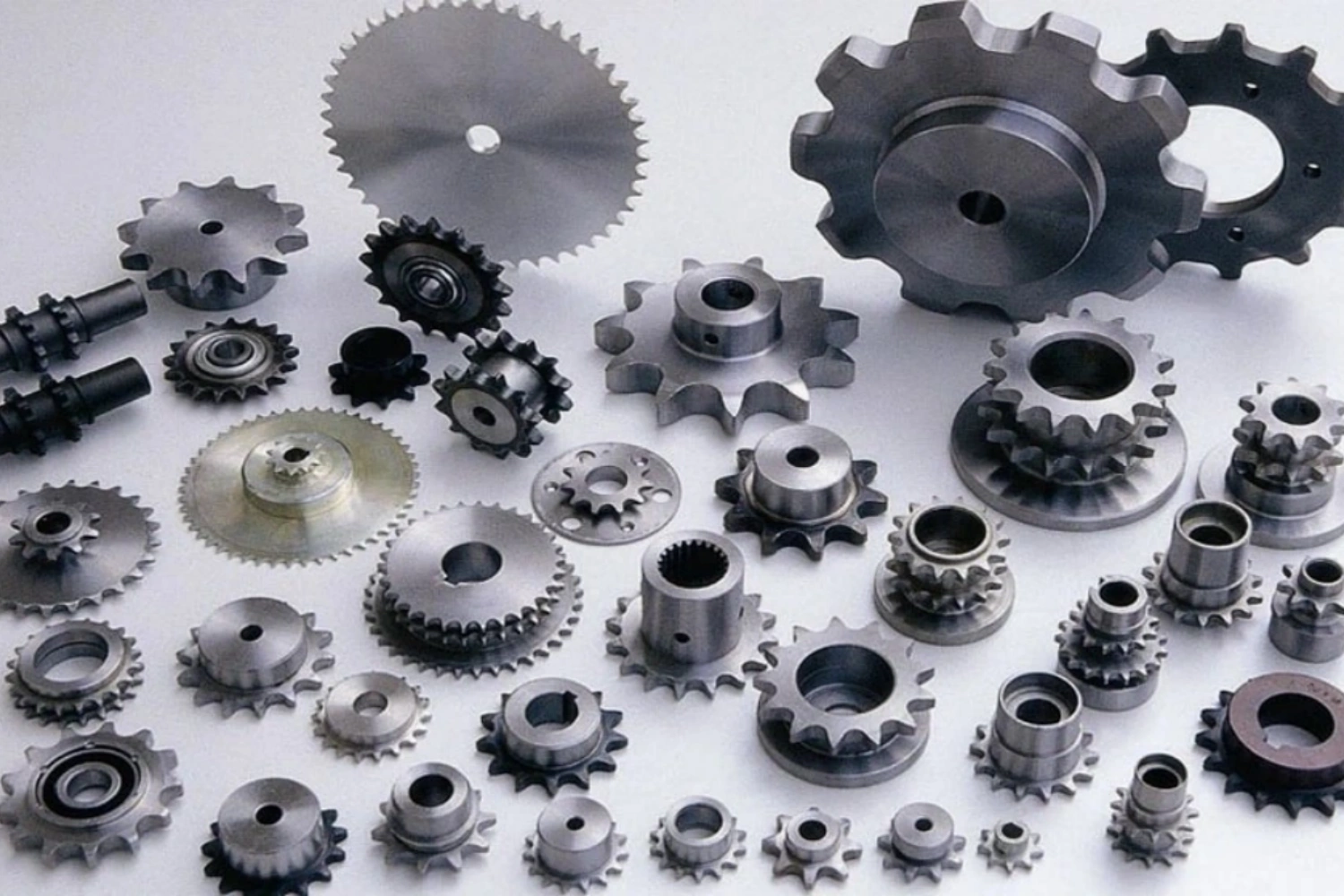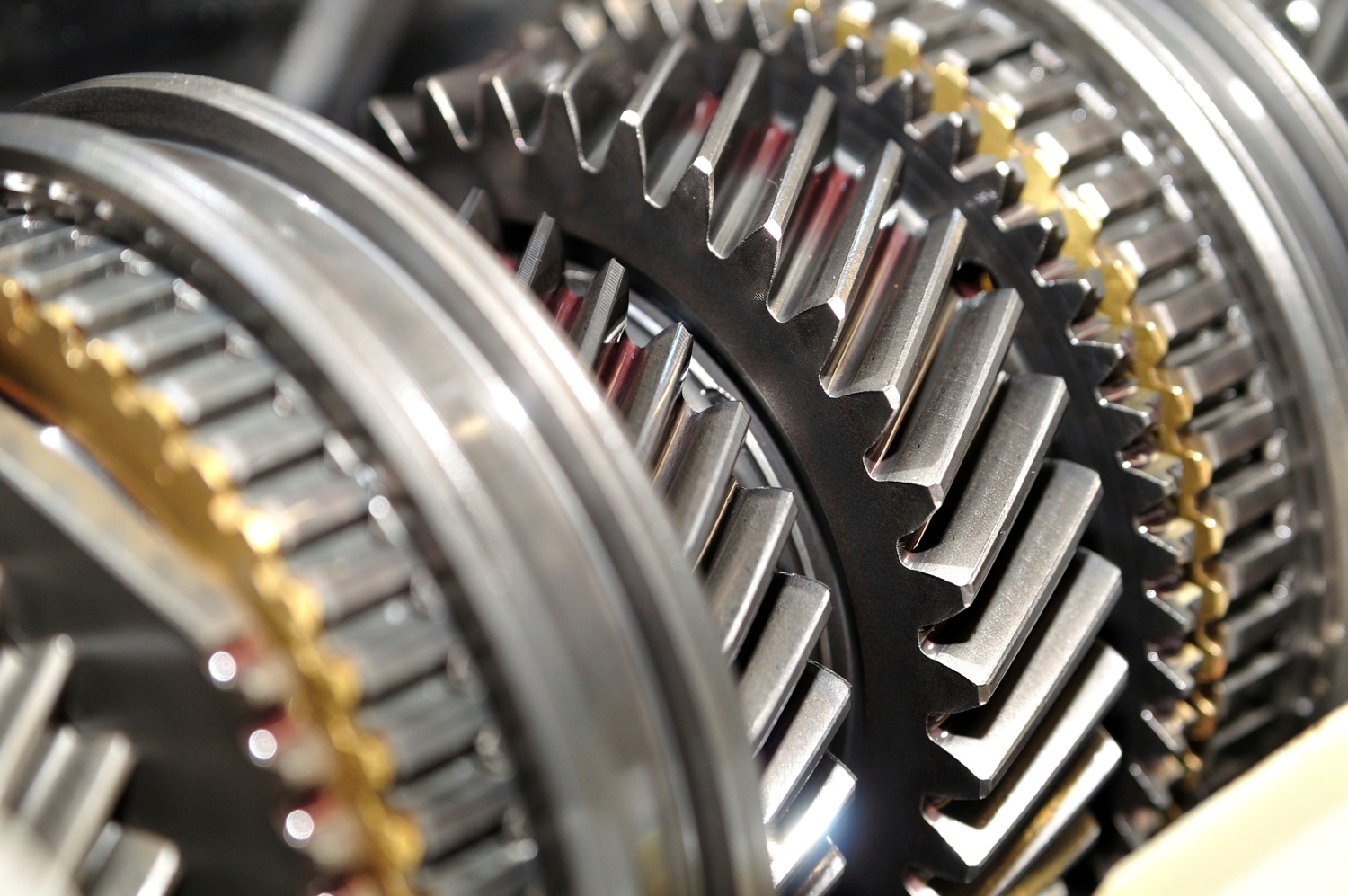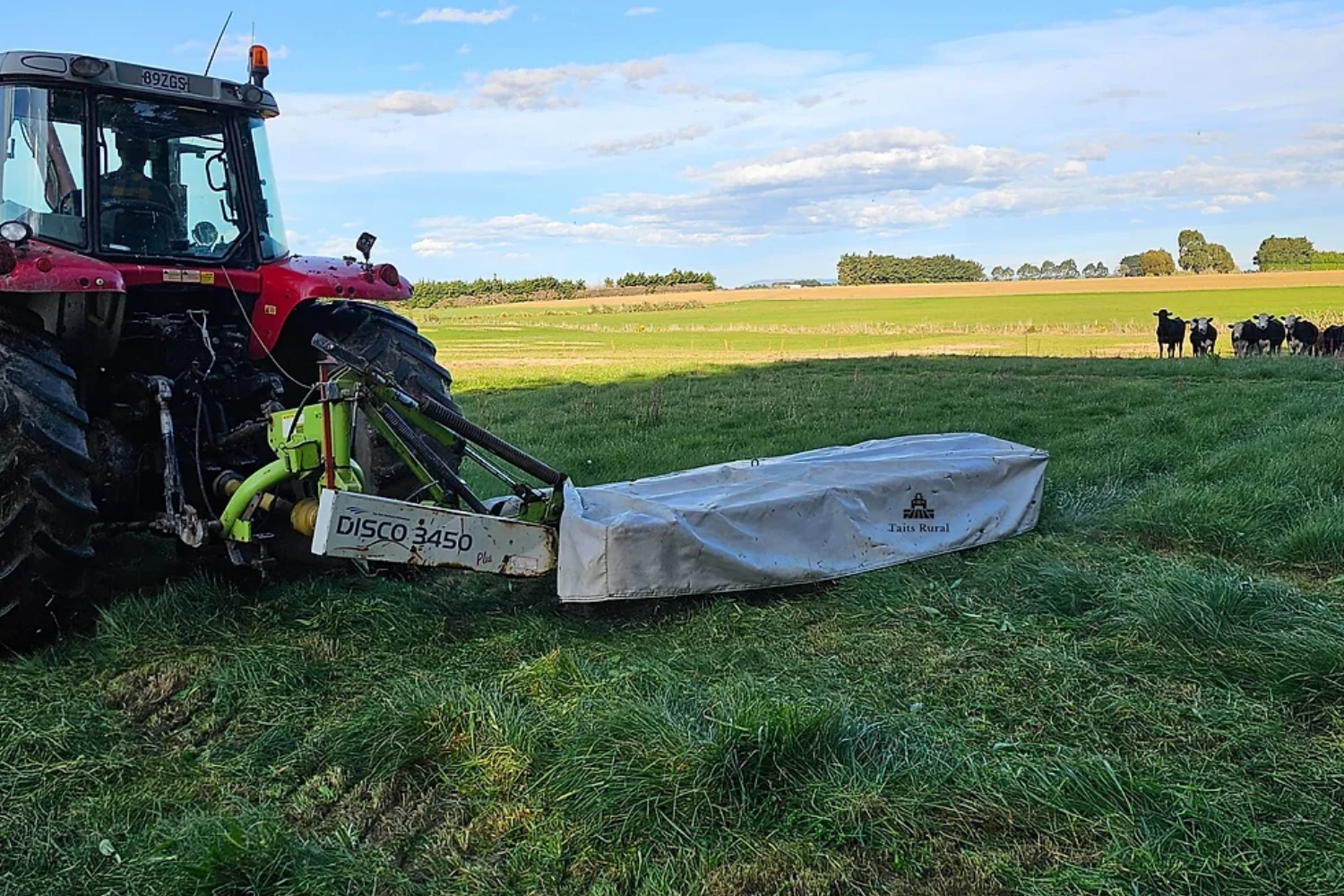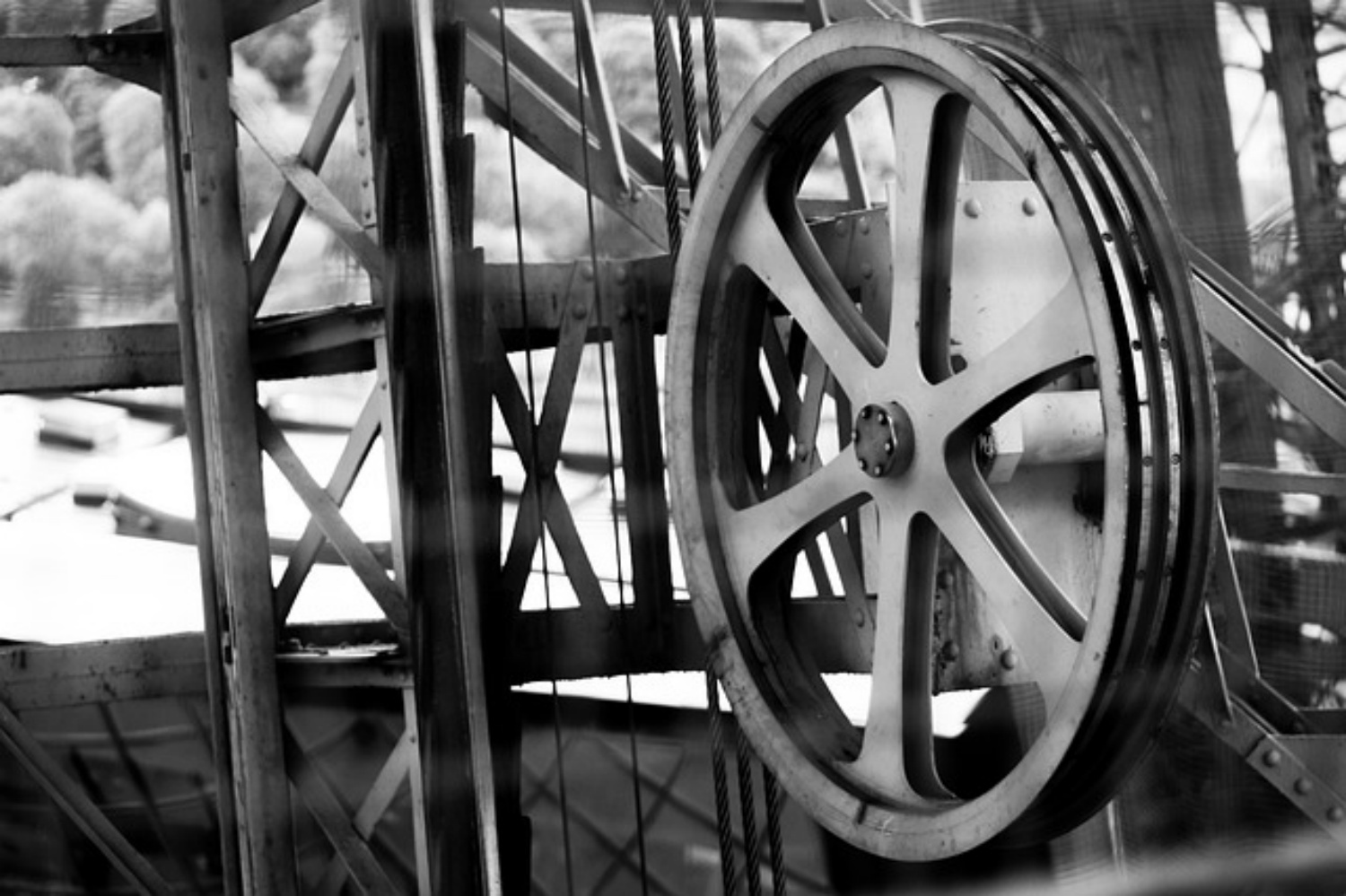In the intricate dance of machinery, industrial sprockets play a pivotal role, transferring motion, torque, and power with precision. However, like all components subjected to the rigors of industrial operations, they require vigilant maintenance to ensure longevity and optimal performance.
Understanding the Anatomy of Industrial Sprockets
Before delving into maintenance practices, understanding the anatomy of industrial sprockets is crucial. These toothed wheels, often made of robust materials like steel or alloy, are designed to engage with chains, facilitating the smooth and controlled movement of machinery.
Routine Inspection: The First Line of Defense
Regular inspections form the bedrock of effective maintenance. Inspecting sprockets at scheduled intervals allows for the early detection of wear, misalignment, or damage. Visual checks should encompass tooth condition, wear patterns, and signs of corrosion.
Lubrication: Sustaining Smooth Operation
Proper lubrication is the lifeblood of any rotating component. Industrial sprockets, working in tandem with chains, benefit immensely from adequate lubrication. The choice of lubricant depends on factors such as load, speed, and environmental conditions. Regular re-lubrication is necessary to compensate for losses and contamination.
Tension and Alignment Checks: Ensuring Precision
Sprockets operate in harmony with chains, and maintaining the correct tension is critical. Excessive slack or tension can lead to premature wear. Simultaneously, ensuring proper alignment prevents uneven stress distribution across the teeth, reducing the risk of wear and noise.
Environmental Considerations: Shielding Against Harsh Conditions
The operating environment significantly influences sprocket wear. In corrosive environments, protective measures, such as coatings or materials resistant to corrosion, become paramount. In dusty or abrasive settings, routine cleaning is essential to prevent contaminants from accelerating wear.
Replacing Worn Components: A Preventive Measure
Despite meticulous maintenance, sprockets will eventually wear. Timely replacement of worn components, including chains, ensures that the entire system operates optimally. Neglecting this aspect can lead to a domino effect, causing damage to other connected machinery.
Balancing Loads: Extending Sprocket Life
In multi-sprocket systems, uneven loading is a common challenge. Balancing loads through proper design and maintenance minimizes the strain on individual sprockets, preventing premature wear. This is particularly relevant in conveyor systems or complex industrial setups.
Professional Maintenance: Expertise Matters
While routine checks can be conducted in-house, engaging professional maintenance services periodically is invaluable. These experts can perform detailed assessments, identify potential issues before they escalate, and recommend specialized solutions tailored to specific industrial settings.
In the grand machinery symphony, industrial sprockets are the unsung heroes. Regular and thorough maintenance ensures that these components continue to perform their crucial functions seamlessly. From routine inspections to thoughtful lubrication, each maintenance step is a note in the harmonious melody of industrial operations, contributing to the extended lifespan and reliable performance of industrial sprockets.

CONTINUE READING
Related Posts
Spur gears, the most straightforward and prevalent type of cylindrical gears, play a pivotal role in the world of machinery. […]
The agricultural sector has always been a cornerstone of human civilization, providing the necessary resources for survival and prosperity. As […]
Industrial pulleys are an integral part of the machinery that powers the modern world. From manufacturing plants to construction sites, […]





